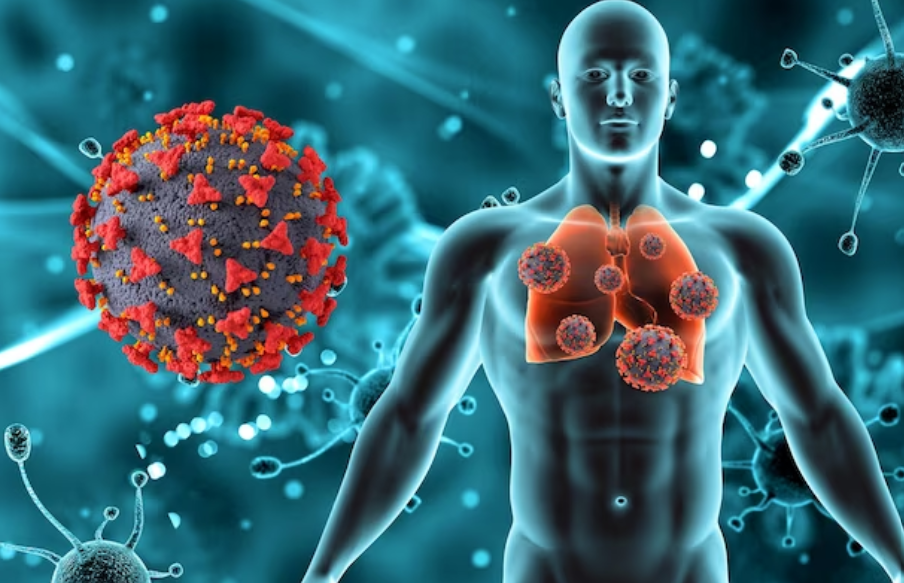Stretching is a fundamental aspect of maintaining a healthy body and a flexible mind. It involves the deliberate lengthening of muscles to improve their elasticity and increase the range of motion in joints. Whether you’re a seasoned athlete or just starting on your fitness journey, understanding the nuances of stretching can greatly contribute to your overall physical well-being.
Why Stretching Matters
Before diving into the different types of stretching, it’s important to understand why stretching matters. Regular stretching helps to prevent injuries by preparing your muscles for physical activity. It also helps in reducing muscle imbalances and promoting a more efficient posture.
Different Types of Stretching
Static Stretching
Static stretching involves holding a stretch for a certain period without any movement. This type of stretching is typically done after a workout and helps improve flexibility over time.
Dynamic Stretching
Dynamic stretching involves moving parts of your body gradually and actively through their full range of motion. It’s great for warming up before a workout as it helps to increase blood flow to the muscles.
PNF Stretching
Proprioceptive Neuromuscular Facilitation (PNF) stretching involves a combination of contracting and relaxing muscles. It’s often performed with a partner and is highly effective in improving flexibility.
Ballistic Stretching
Ballistic stretching incorporates bouncing movements to push your body beyond its normal range of motion. However, it should be done cautiously to avoid injury.
Benefits of Regular Stretching
Increased Flexibility
Flexibility allows you to move more freely and perform daily activities with ease. Regular stretching gradually increases your flexibility by elongating muscle fibers.
Enhanced Range of Motion
A wider range of motion in your joints means improved physical performance. Stretching keeps your joints mobile and reduces the risk of joint-related issues.
Improved Blood Circulation
Stretching promotes better blood flow to your muscles and joints, enhancing nutrient delivery and waste removal, which is crucial for muscle recovery.
Stress Relief
Stretching triggers the release of endorphins, the “feel-good” hormones, promoting relaxation and reducing stress levels.
Reduced Muscle Soreness
Stretching after a workout helps to alleviate muscle soreness by relaxing tense muscles and preventing the buildup of lactic acid.
Stretching for Beginners
Here are some beginner-friendly stretches to get you started:
Neck Tilt
Gently tilt your head to the side, bringing your ear closer to your shoulder. Hold for 15-20 seconds on each side.
Shoulder Roll
Roll your shoulders gently in a circular motion. Repeat for 10-15 seconds, then reverse the direction.
Quad Stretch
Stand on one leg and grab your opposite ankle, pulling it towards your glutes. Hold for 15-20 seconds on each side.
Hamstring Stretch
Sit on the floor with one leg extended and the other bent. Lean forward, reaching for your toes on the extended leg. Hold for 15-20 seconds on each side.
Calf Stretch
Stand facing a wall, with one leg forward and the other leg extended back. Lean into the wall to feel the stretch in your calf muscles. Hold for 15-20 seconds on each side.
Child’s Pose
Kneel on the floor, sit back on your heels, and extend your arms forward. This stretch helps to relax your lower back and shoulders.
Best Practices for Safe Stretching
To ensure safe and effective stretching:
Warm-Up First
Always warm up your body before stretching to prevent injury. Light cardio or dynamic stretching is ideal.
Gradual and Controlled Movements
Move into stretches slowly and avoid bouncing or jerky movements. This helps prevent muscle strains.
Don’t Overstretch
Stretch until you feel tension, not pain. Pushing too hard can lead to injury.
Breathe and Relax
Breathe deeply and relax into each stretch. Holding your breath can create tension in your muscles.
Incorporating Stretching into Your Routine
Pre-Workout
Dynamic stretching is excellent before a workout as it warms up your muscles and prepares them for activity.
Post-Workout
Static stretching after a workout helps to cool down your muscles and maintain flexibility.
Rest Days
On rest days, gentle stretching can help alleviate muscle tightness and promote recovery.
Advanced Stretching Techniques
Active Isolated Stretching (AIS)
AIS involves holding each stretch for only 1-2 seconds. This technique helps improve flexibility without triggering the stretch reflex.
Myofascial Release
Using foam rollers or massage balls, myofascial release targets muscle knots and trigger points, improving muscle function.
Yoga and Pilates
Yoga and Pilates incorporate a variety of stretches and poses that promote flexibility, strength, and relaxation.
Listen to Your Body
Remember that everyone’s body is different. Listen to your body’s signals and don’t push yourself too hard.
Conclusion
Incorporating regular stretching into your routine can lead to remarkable improvements in your overall well-being. From increased flexibility and range of motion to reduced muscle soreness and stress relief, the benefits are undeniable. So why wait? Start your stretching journey today and experience the positive impact it can have on your body and mind.








